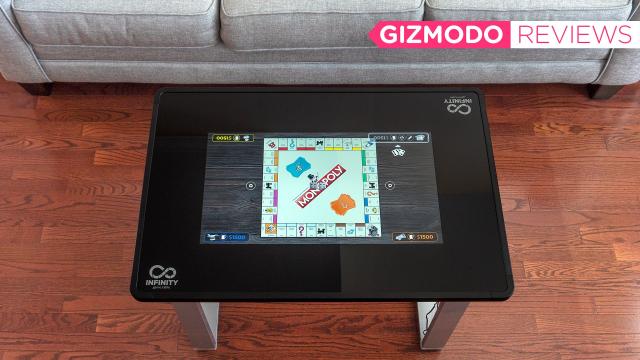My family loves board games, to the point where we recently had to expand our basement shelving to accommodate our growing collection. I’ve been playing them for decades, and it’s why I’ve been sceptical of Arcade1Up’s new Infinity Game Table, which is a touchscreen coffee table that delivers digital versions of classic board games. It’s by no means a cheap game night upgrade, but even I’m surprised at how quickly my family fell in love with it.
Gathering around a table with friends and family and spending hours playing a board game is an experience that’s yet to have been replicated well digitally. A game like Monopoly, which has been entertaining families for over 80 years using nothing but a sheet of cardboard, cheap paper money, and dice, is also available for almost every device and console that can play video games, but the digital versions of these board games lack the fun social interactions of playing in person with friends and family.
Over the years I’ve seen previous attempts to create digital board games, and like the Infinity Game Table, they all revolve around a touchscreen display large enough for a group of players to gather around. For many reasons none of them have enjoyed widespread success among consumers, but after spending a few weeks with the Infinity Game Table, I think Arcade1Up has finally found the right balance of ease of use and game design that will make even die-hard board game enthusiasts want to play a digital alternative — and not just because it will free up walls filled with shelves stacked with games.
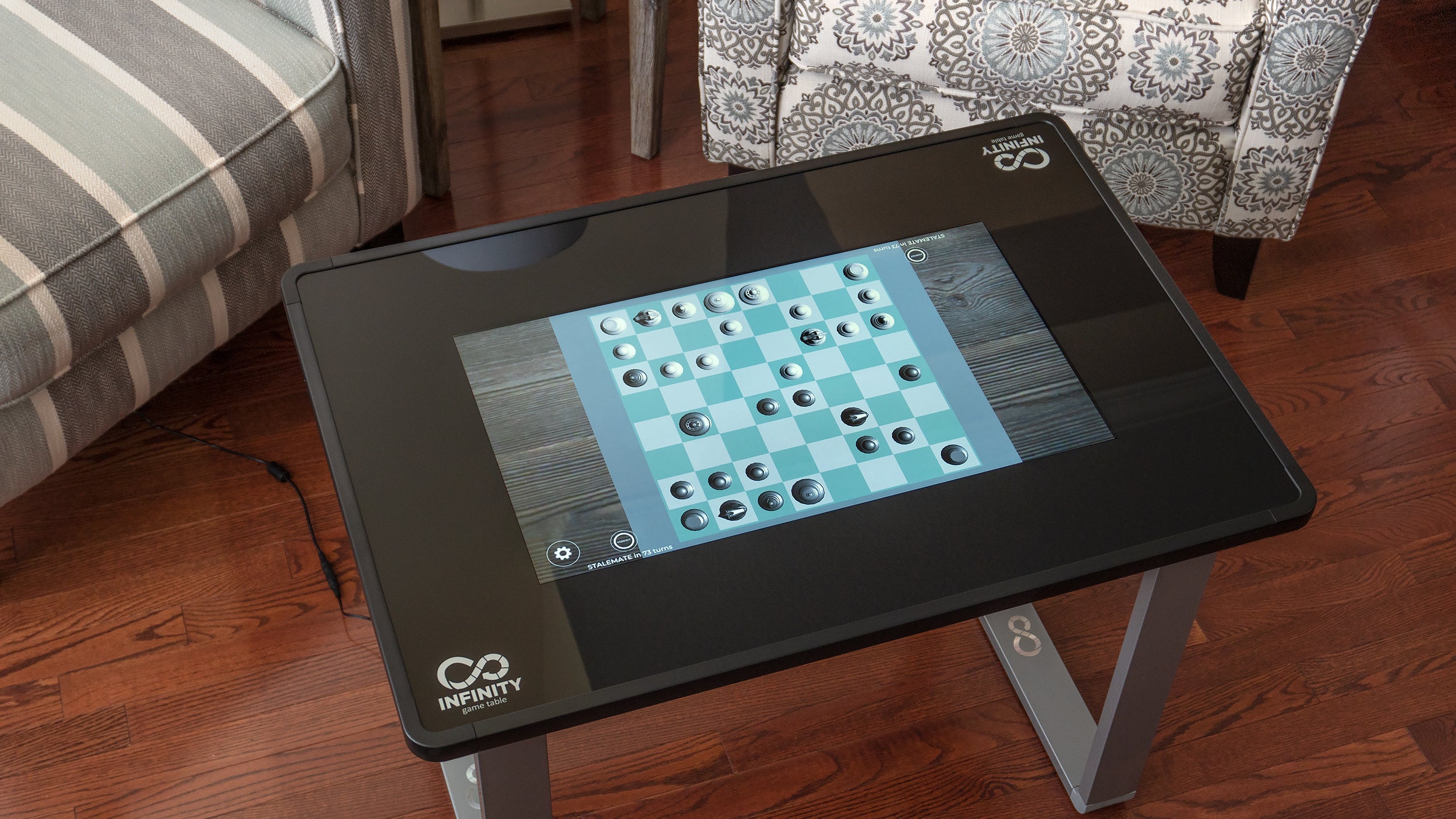
Arcade1Up Infinity Game Table
WHAT IS IT?
A coffee table with an embedded touchscreen that offers an ever-growing collection of classic tabletop games, including several licensed from Hasbro.
PRICE
$US650+ ($896) for the 24-inch screen version, $US850 ($1,172) for the 32-inch screen
LIKE
The most successful attempt to date to digitise board games, while still preserving the social aspects of tabletop gaming.
DISLIKE
It's expensive, and some games like Scrabble require workarounds because all players share the same screen, while others like Operation feature re-imagined gameplay to accommodate the touchscreen interface.
Editor’s Note: Stay tuned for local Australian pricing and availability.
A Coffee Table With a Screen
Unlike mobile versions of board games, which try to replicate how the games are played by syncing gameplay across the internet on multiple devices, Arcade1Up has simply supersized a touchscreen device so that multiple players can gather around and comfortably interact with it all at the same time. The Infinity Game Table is really nothing more than a giant Android tablet with a customised front-end that’s focused exclusively on digital board games.
The Infinity Game Table includes a pair of legs that allow it to stand by itself and be used next to a sofa like an interactive coffee table, and it even features a glass top that’s more than strong enough to safely support beverages, although you’ll definitely want to keep coasters on hands for preventing water marks. My only complaint is that the height of the legs isn’t adjustable, and often times you feel like you’re having to really lean over the table to play it.
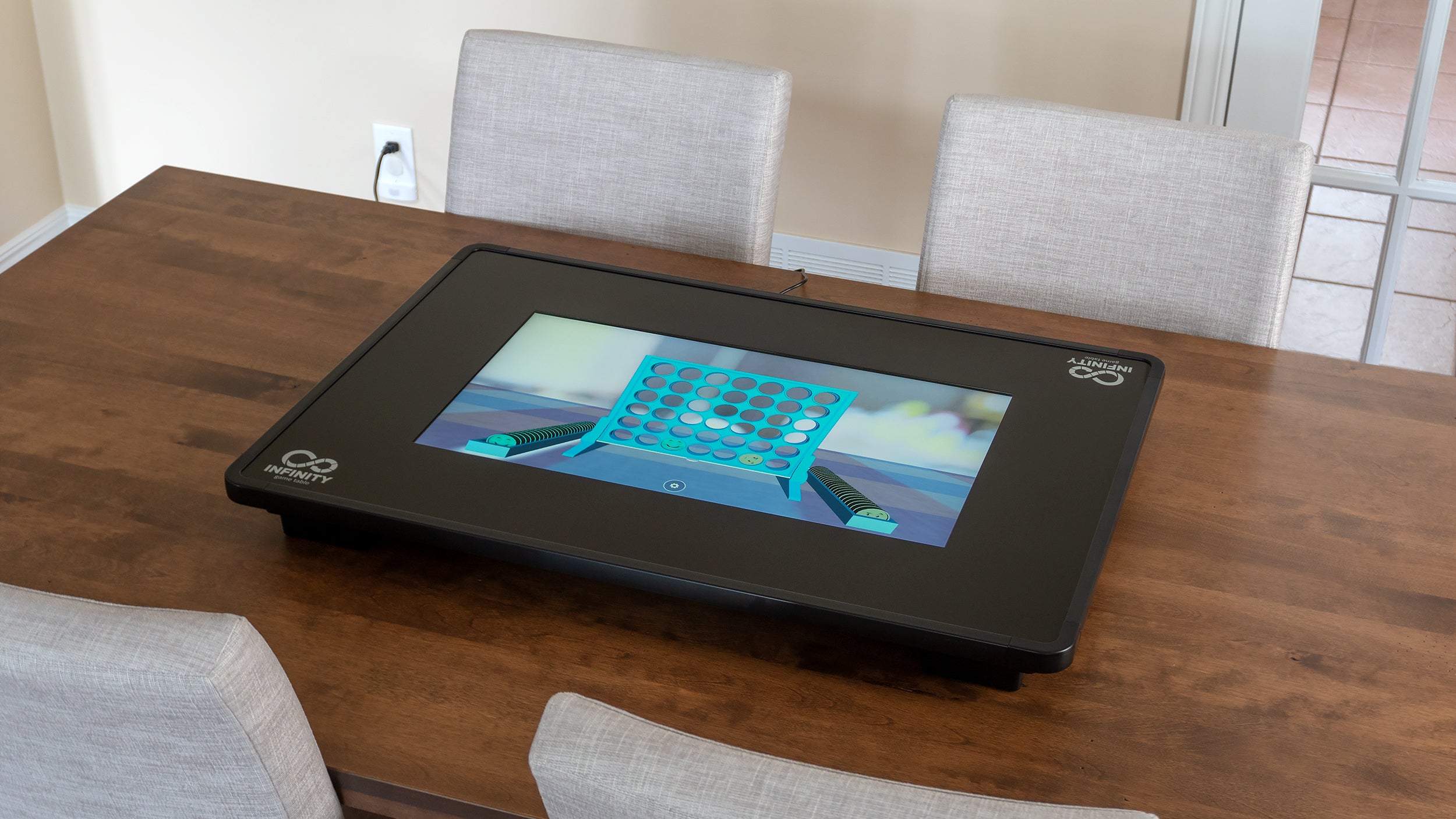
The legs are easily removable, however, and most of the time my family played with it sitting on top of our dining table. It does sit a little higher than a traditional board game does, but overall it we found this approach a more comfortable way to play.
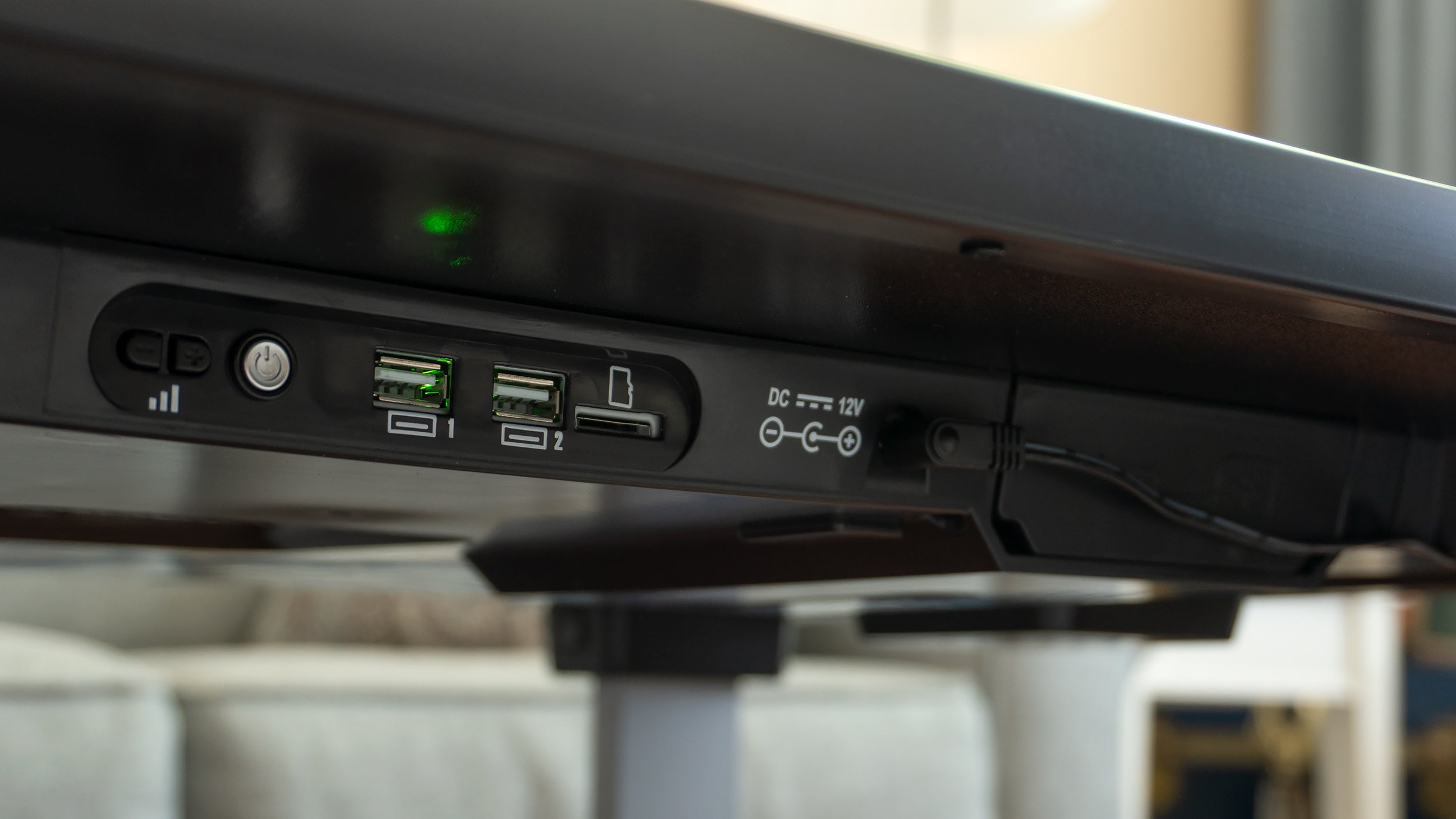
One design decision I found less than ideal was the placement of the table’s power button and volume controls. They’re located on the side of the table, but below the screen and recessed three or four inches. To avoid getting down on your hands and knees every time so you can see them, you basically have to memorise the feel and location of the power and volume buttons so you can operate them by touch alone, because the table can’t be turned off and the volume can’t be adjusted through the software interface.
Under here you’ll also find two USB ports, a microSD card slot, and even a compartment for a rechargeable battery, making the Infinity Game Table completely wireless. However, none of these features have been implemented yet, and the optional batteries aren’t expected to be available until sometime in September.
Two Screen Sizes but Just One Resolution
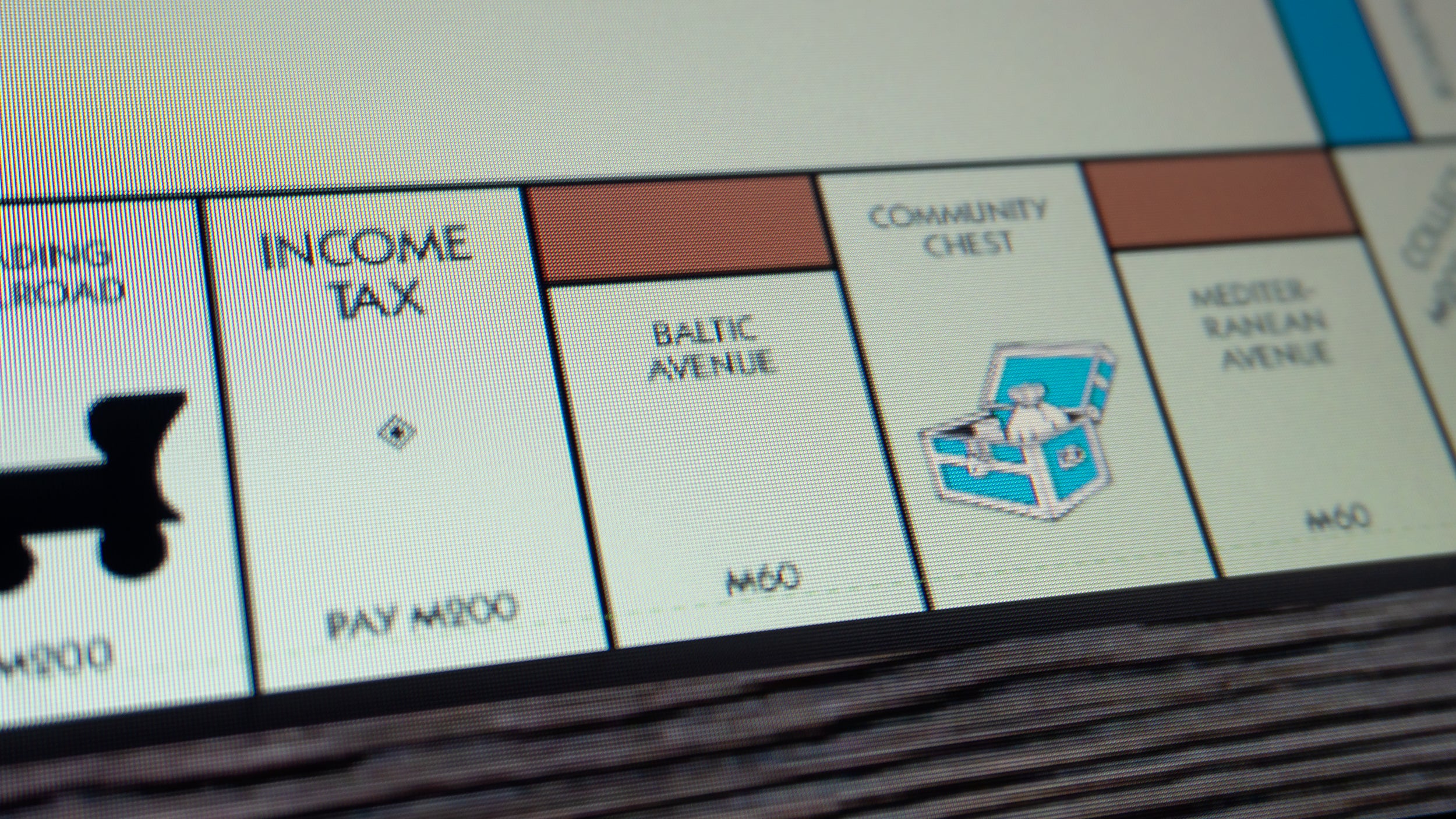
There are two things that might make the Infinity Game Table a hard sell: the price, and the quality of the screen. The table is available in two versions, an $US850 ($1,172) model with a 32-inch screen, and a $US650+ ($896) ($896) version with a 24-inch screen, but both feature a resolution of just 1920 x 1080. The screen on the smartphone in your pocket easily boasts more pixels than that, and while the Infinity Game Table has excellent viewing angles and well-saturated colours that make the games really pop, the screen’s HD resolution is hard to ignore.
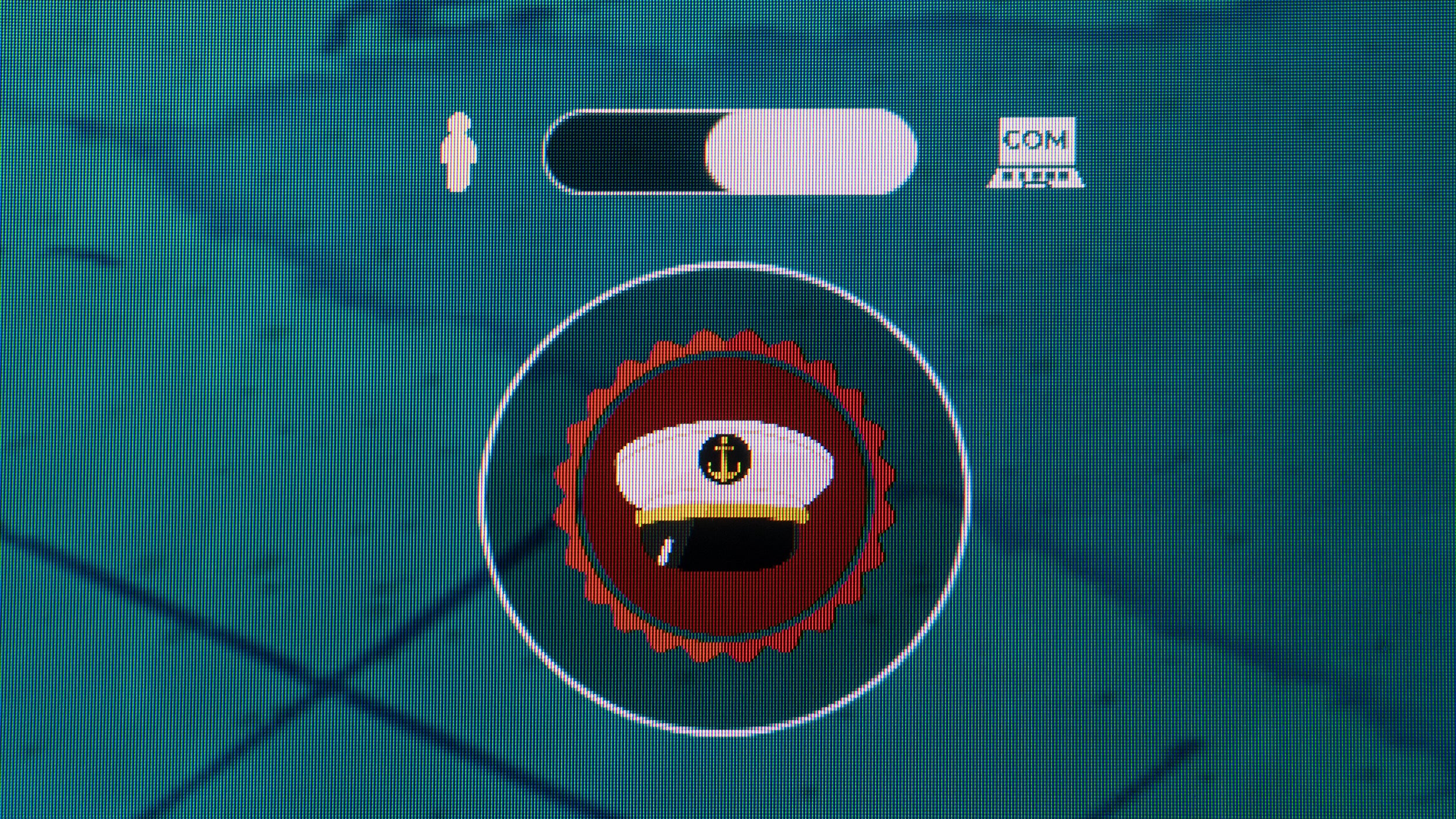
On games with fine graphics details or very small text you can easily see jagged, aliased edges which are even more apparent given the size of the table’s screen. The iPhone 12’s screen has 460 pixels per inch, whereas the 24-inch version of the Infinity Game Table comes in around just 92 PPI, and even less if you move up to the 32-inch model. That will certainly disappoint some users who are accustomed to gaming on higher-res screens, but from my testing the Infinity Game Table makes up for its lacklustre specs with just plain old fun.
Games Customised for a Giant Touchscreen
While I was standing back and raising a sceptical eyebrow at the Infinity Game Table’s technical specs, my 5-year-old son and his grandparents spent hours and hours just enjoying game after game on the table and at no point stopped to hum, haw, or tsk about graphics with jagged edges. Once I joined them, I quickly forgot about all those complaints too, because Arcade1Up has created an experience that’s easily as fun as any game night.

The custom Android front-end the Infinity Game Table boots into is streamlined and inviting, with downloaded games presented in a grid on the left, available games in the online store presented in a grid in the middle (this section appears empty as I’ve installed every game available), and ads cycling through upcoming games on the right. There are currently 36 games available for the Infinity Game Table at the moment, and all are free, including several iconic Hasbro board games that Arcade1Up has developed specifically for the table; they’re not just ports of the mobile versions.

The partnership with Hasbro is probably the most compelling feature of the Infinity Game Table. Classic board games like Monopoly, Scrabble, Operation, and Hungry Hungry Hippos are available for the table, alongside classics like Checkers, Chess, Backgammon, and even several versions of Solitaire. To Arcade1Up’s credit, they all play quite well on the table’s giant touchscreen, and in some cases, even manage to improve gameplay. With the money-wrangling all automated, games of Monopoly progress much faster on the table, instead of dragging out for hours on end.
The interface for every game is fairly easy to figure out, but if you get stuck, each one also has a settings menu with both a description of how a game is played and a detailed breakdown of how the touchscreen controls work for it. It wasn’t immediately obvious to us that the ‘Edit Property’ option was where you needed to go to buy houses and hotels in Monopoly, but a quick check through the Game Controls section cleared that up. Each game can also be customised with a collection of popular alternate rules (every family has a unique way they play Monopoly, right?) and you can also choose to disable sound effects or the less-than-enjoyable soundtracks each game automatically plays.
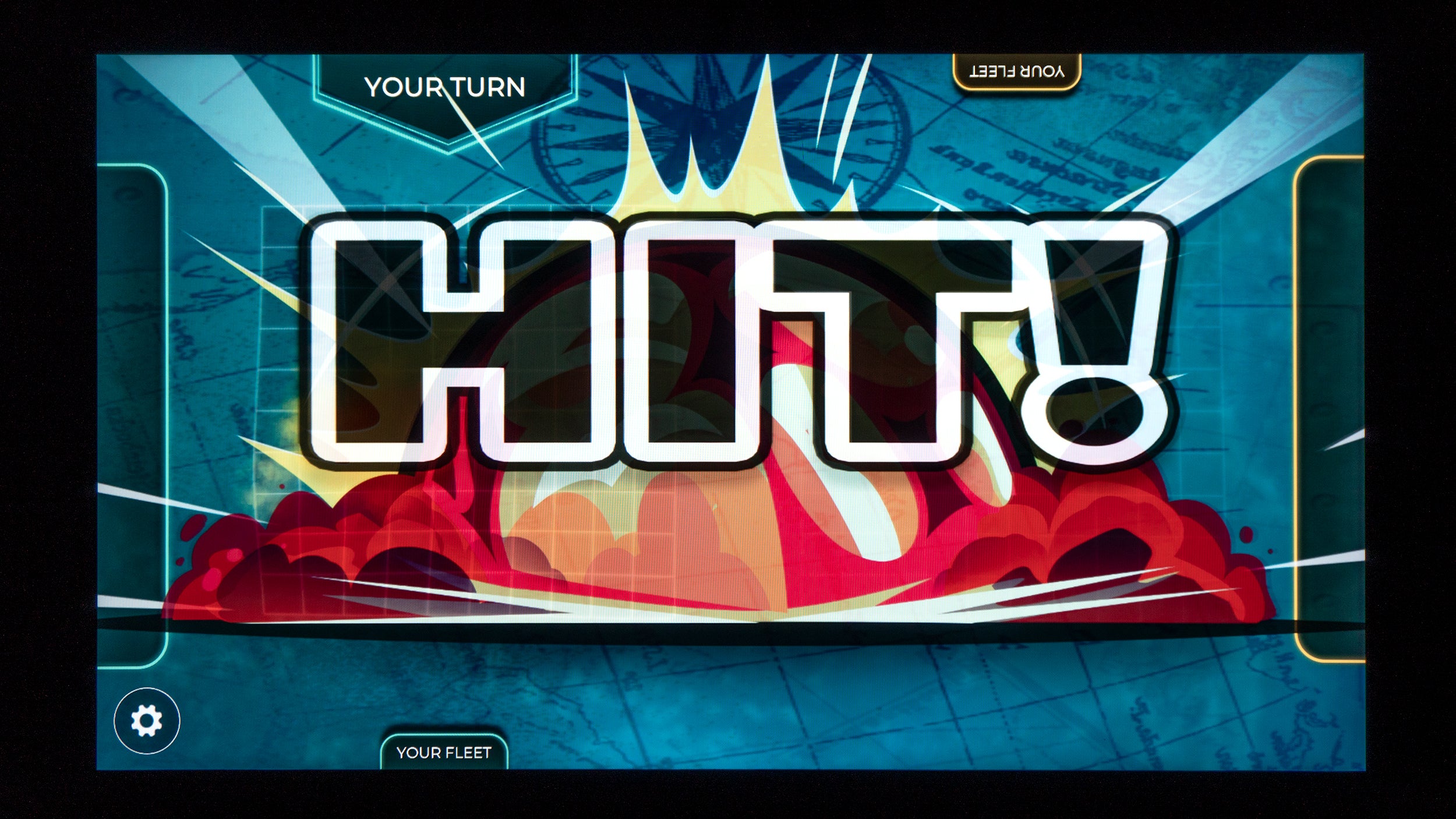
Some games translate better than others to the Infinity Game Table’s design, but we found it actually made certain board games far more enjoyable to play. Battleship has never been a big hit in our house, but when it’s augmented with explosive sound effects, animated on-screen graphics emphasising every hit, and the table literally rumbling with a vibrating motor inside when a torpedo hits its target, it instantly became one of my son’s favourite games to play.
The Infinity Game Table also makes it easier to stop and return to a game later. Most of the summer months, half of our dining table is occupied by a board game in play, but you can stop a game of Monopoly half-way and easily return to it later. And while several players can all crowd around the table at once, online multiplayer is also available, letting you max out a game’s number of players with friends around the world. (Friends who’ve also spent $US650+ ($896) ($896)+ on a table of their own, mind you.) Connectivity is done through each player’s user name, and setting up a multiplayer game is super easy. The other players see an invite pop up on the main screen of their table, and tapping it launches the game in question. The only thing missing is the social aspect, but an accompanying phone call or Zoom chat can easily help solve that.
The Challenge of One Big Shared Screen
Not every game translates to a giant touchscreen well. Games that require players to keep moves or game pieces secret required some workarounds that are passable at best.
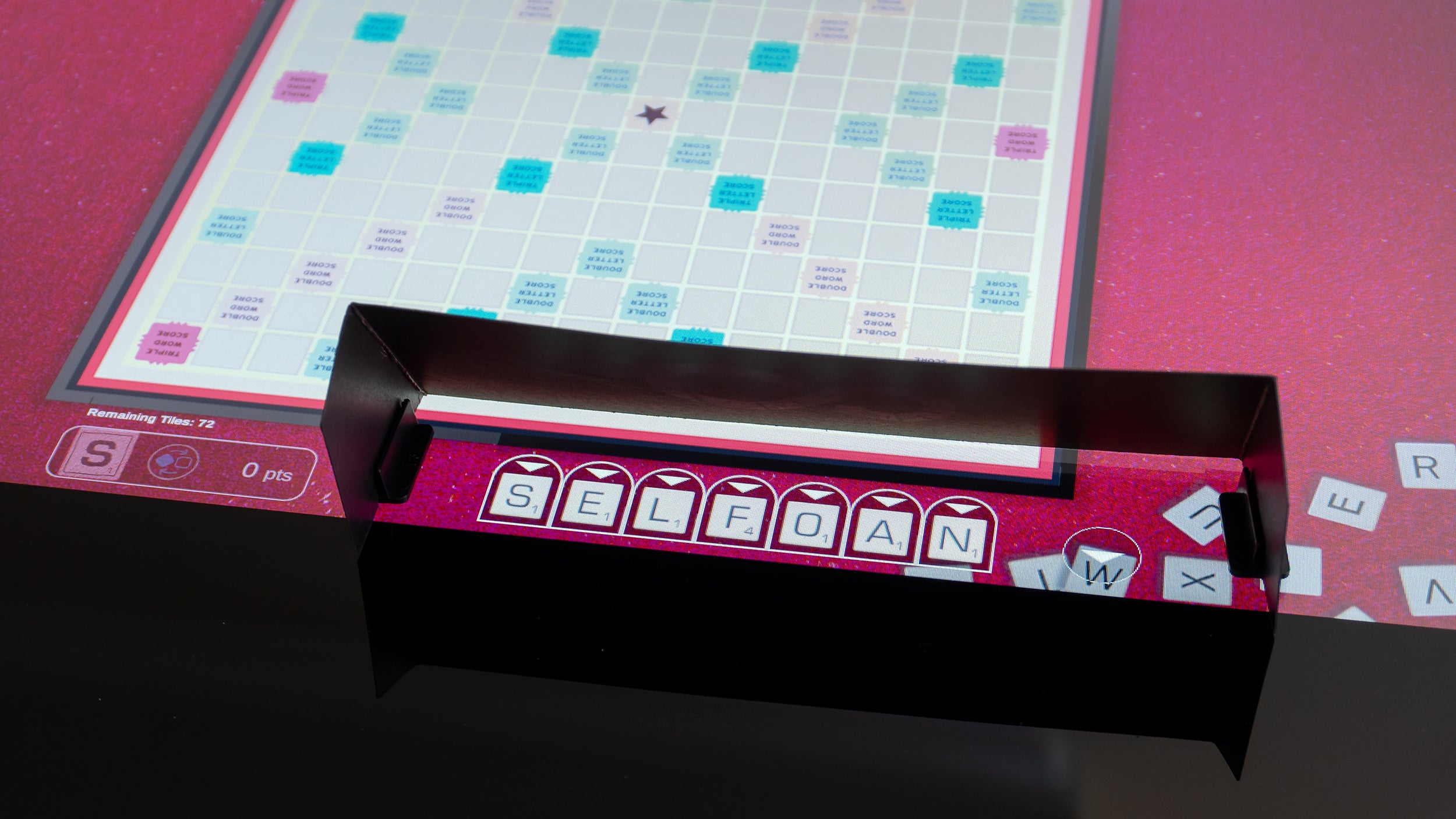
When two players are aligning their fleets for a head-to-head game of Battleship, each player has to look away from the screen while the other sets up their pieces to ensure a fair game. For Scrabble, where players want to keep their lettered tiles a secret from all players at all times, the Infinity Game Table includes four folded paper shields that can be placed on the table blocking other players from seeing each other’s tiles. It works, but it’s far from elegant.
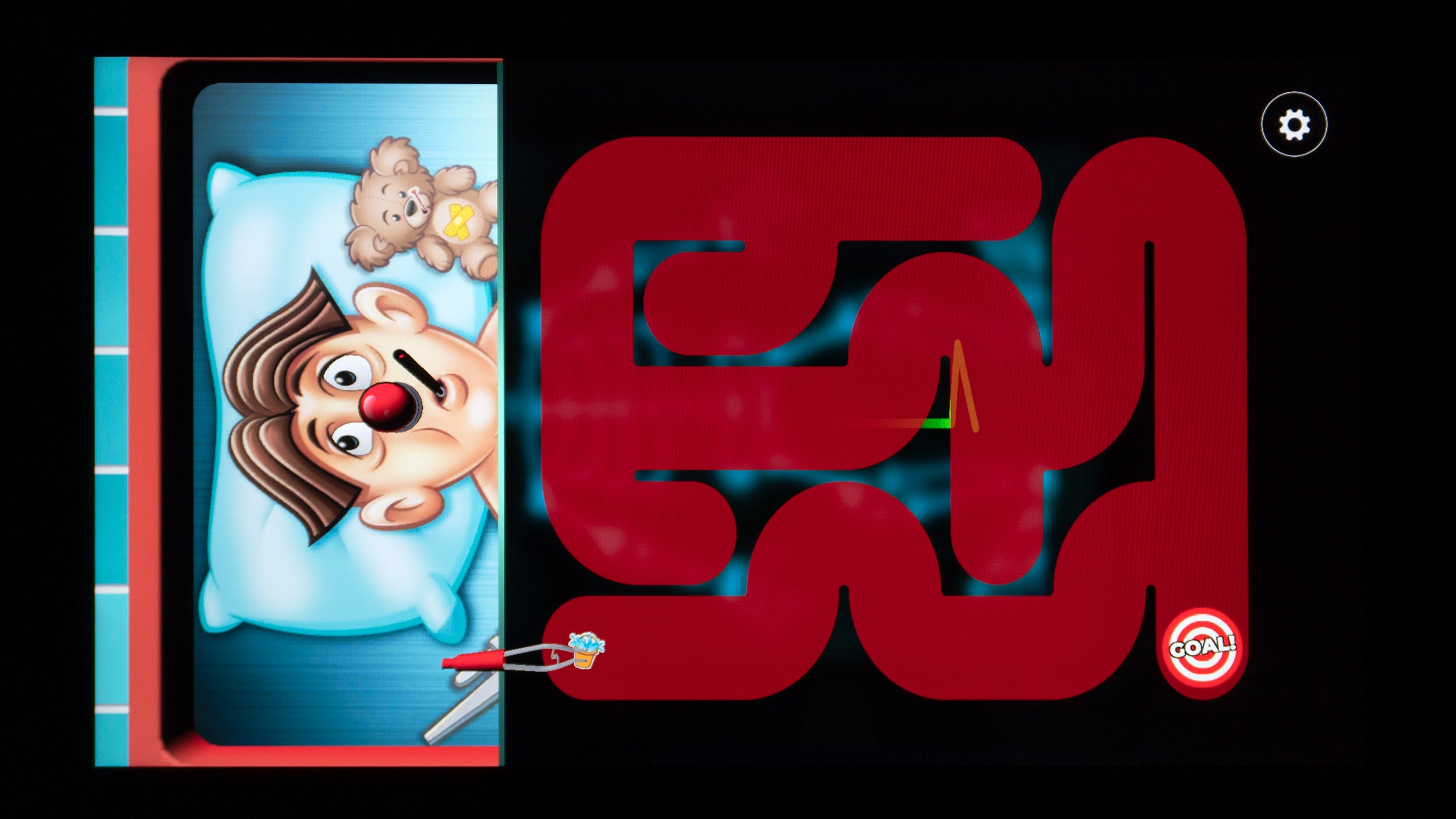
Games like Operation just play entirely differently on the Infinity Game Table. Instead of painstakingly reaching for a small piece of plastic using a pair of physical tweezers, players instead guide a set of virtual tweezers through a long maze without hitting the sides. It’s still challenging, and you actually feel the patient’s vibrating heartbeat speed up every time you make a mistake, which is fun, but it doesn’t really feel like the classic version of the game.
Time For a Coffee Table Upgrade?
As a first-generation product, I think Arcade1Up has done a very good job at making digital board games not only playable, but something you’ll actually want to play on the Infinity Game Table. Despite some hardware limitations and design quirks, most of the games translate very well to a touchscreen interface and are as enjoyable to play with a group of people as the original classics are, minus the risks of accidentally bumping all the game pieces off the board, the clean-up, and having to store boxes and boxes of games. With expandable memory, the Infinity Game Table can potentially squeeze thousands of board games into one device. The catch? For that price, you can buy an actual tablet that can do much more than just play board games.
Given its current game lineup, the Infinity Game Table will probably appeal more to families with younger kids right now. All of the Hasbro games you can currently download are simpler titles that appeal to a broader audience. One thing I wasn’t able to test was how more advanced board games, such as Ticket to Ride or Pandemic (which are both en route in the coming months) will play on the giant touchscreen, and what they’ll cost. Arcade1Up hasn’t revealed the price of paid games yet, which will be another big factor in the long term replay value of the table. Having to pay full price for a digital version of a board game you probably already own on a $US650+ ($896+) touchscreen device that only plays board games is absolutely a tough sell. But what I’ve seen so far is surprisingly fun and enjoyable, and a few weeks in, it’s the only thing my son wants to play when game night rolls around.
